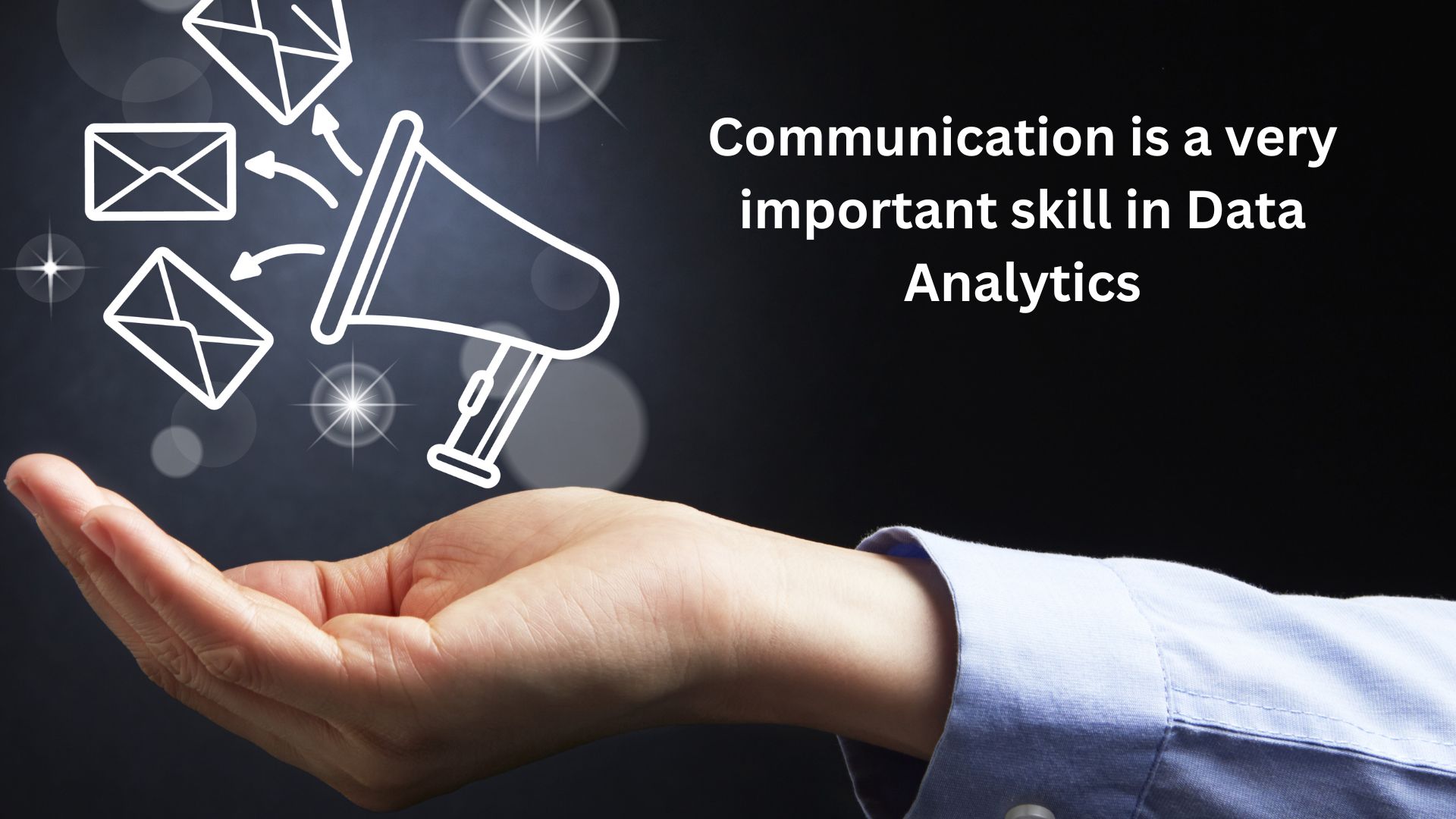Why communication is a very important skill in Data Analytics
Data Analytics usually find insight and patterns from data and these outcomes are hard and complex to understand for non-It persons therefore It is essential for you to have the capabilities and skills to interpret data and deliver well-contained stories. As a data analyst, writing, presenting, and communicating, in general, is essential.
Besides having skills like logical and problem-solving skills communication is a fundamental skill for data Analytics.
There are several types of communication skills that Data analytics have to master we will discuss them in this article.
Table of Contents
ToggleWorking and collaborating with team members and stakeholders
You’ll spend a lot of time alone at a computer as a data analyst or data scientist studying datasets and algorithms. However, you’ll also certainly do a lot of teamwork. Working as a team with other analysts or scientists is typical, particularly when working on significant projects or managing enormous datasets. In addition, you’ll regularly collaborate with groups of individuals and stakeholders who don’t use data. To work well with others, it’s critical to have strong communication skills.
Types of Skills Required in Data Analytics
Some of the most recommendable Communication Skills Data Analytics must-have.
Story Telling :
Storytelling skills are especially critical in roles that involve marketing to an audience or sharing information with others. A good story can persuade, inform or entertain others depending on what kind of story you tell.
The most important aspect of delivering data insights is storytelling. You will certainly employ storytelling tactics to deliver your presentations if you are an effective presenter. Additionally, while data analysis can be quite difficult, a strong plot will make the results useful and appealing to business users.
Presenting Skills:
Presentation skills help create innovative ideas when students come up with creative and interesting slides to illustrate their talk. The use of presentation aids makes for a much more interesting talk, and the creation of such aids can help develop students’ confidence.
Data Visualization Skills:
Data visualization is the representation of information and data using visuals such as graphs, charts, maps, and more. Those who use data visualization in their work use tools to present data to non-technical audiences in a form of storytelling that helps businesses make data-driven decisions.
Critical Thinking :
Critical thinking is the most demanded skill it is the ability to analyze facts and form a judgment. It is a form of emotional intelligence. Someone with critical thinking skills can think clearly and rationally when the situation demands it.
It allows them to perform problem-solving and decision-making more effectively.
Listening Skills:
Listening is the ability to accurately receive and interpret messages in the communication process. • Listening is key to all effective communication, without. the ability to listen effectively messages are easily misunderstood. • Listening is one of the most important skills you can have.
Keeping Audiences Engaged with Data Presentation
There are certain point keep in mind before presenting your Data.
Why they should Listen:
If there isn’t a clear interest on behalf of your audience, you must convince them to pay attention. Because some audiences don’t interact openly, this can be awkward. The response? Give them a reason to care.
For example, If you’re giving a talk about sales and marketing, remind the audience about a few salespeople who overcome extraordinary obstacles and succeeded.
Stick to your Topic of discussion;
Try to be specific and tell examples and stories to elaborate your finding and understand your audience requirement and what they want from you
Make sure there is ‘flow’ in your presentation.
If your presentation is compelling and audience members are hanging on your every word, then you’re in a state of ‘flow’.
Story Telling
There should be a few stories thrown throughout every presentation. The moment you say, “Let me tell you a story about…”, people start to pay attention because they are programmed to do so. However, be sure that the stories support the points you’re making.
Let your audience talk
Inviting audience members to speak will make them feel valued. In addition, it allows you to mentally rest for a little while.

